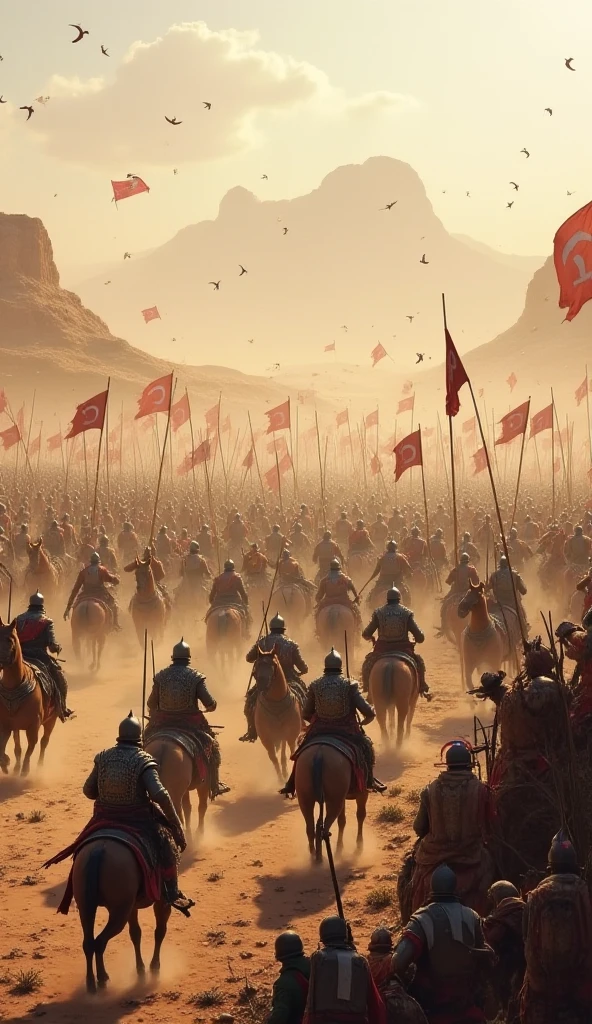Ghaznavid Dynasty (977–1186)
Founding
- The Ghaznavid Dynasty was established in 975 CE by Sabuktigin, a former Turkish slave and military commander of the Samanid Empire.
- Their capital was initially the city of Ghazni (present-day Afghanistan).


Territory
- At the height of their power, the Ghaznavids controlled vast regions, including parts of modern-day Iran, Afghanistan, Pakistan, and Northern India.
- Their domain stretched from Khorasan in the west to the Punjab region in the east.

Prominent Rulers
- Sabuktigin: The founder of the dynasty.
- Mahmud of Ghazni (998–1030): The most famous and powerful Ghaznavid ruler, known for his extensive conquests, particularly in India.
- Masud I: Mahmud’s son, who lost the Battle of Dandanaqan to the Seljuks, marking the beginning of the dynasty’s decline
Cultural Achievements
- The Ghaznavids were great patrons of Persian literature, arts, and science.
- Mahmud’s court hosted prominent scholars and poets, such as Ferdowsi, Unsuri, and Al-Biruni.
- The completion of Shahnameh by Ferdowsi, one of the greatest Persian literary masterpieces, was supported by Mahmud (despite financial disputes).

Economy and Governance
- The Ghaznavid economy relied heavily on taxation and war booty, particularly from their raids into India.
- Their administrative structure was influenced by the Samanid model, blending Persian bureaucratic traditions with Turkish military elements.
Military Campaigns
- Indian Campaigns: Mahmud of Ghazni conducted 17 expeditions into India, capturing key cities such as Somnath and plundering vast riches.
- Battle of Dandanaqan (1040): A decisive defeat by the Seljuks that significantly weakened the Ghaznavids.

Decline
- After their defeat by the Seljuks, the Ghaznavids retreated to Lahore in present-day Pakistan.
- Their influence gradually diminished until they were overthrown by the Ghurids in the 12th century.
Legacy
- The Ghaznavids played a crucial role in spreading Persian culture and Islamic civilization in South Asia.
- They contributed to the flourishing of Persian language and literature in the Indian subcontinent.
- Architectural remnants like the Towers of Ghazni are lasting symbols of their reign.
